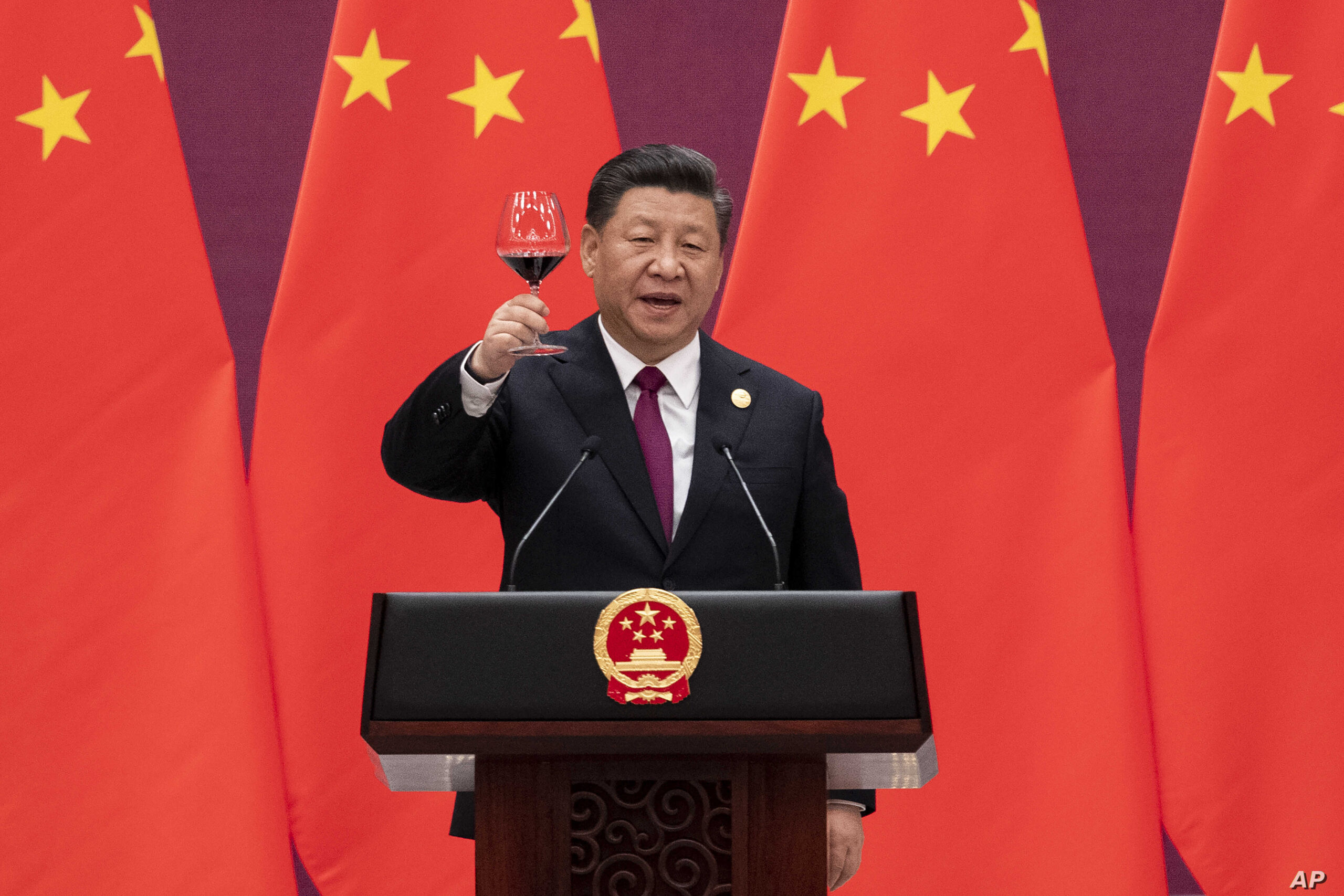
China Has an Imperial Agenda with the Belt and Road Program
Pundits often describe today’s China as uber-strategic, seeing its every move as carefully coordinated, guided by history and focused on the long run. But Chinese leader Xi Jinping’s signature foreign-policy vision, the Belt and Road Initiative, is actually poorly defined and horribly mismanaged. As China pushes ahead with this colossal infrastructure-building spree, it is following in the footsteps of past empires and seriously overreaching.
The Belt and Road “is neither a Marshall Plan nor a geostrategic concept,” China’s top diplomat, Wang Yi, said in 2018. In fact, it is even more ambitious. The Marshall Plan harnessed the equivalent of $130 billion to rebuild Western Europe after World War II. Since the Belt and Road’s announcement in 2013, China has signed $460 billion in construction contracts across more than 140 countries, according to the American Enterprise Institute. The initiative now reaches into Africa, Latin America, cyberspace and even outer space. And as China is learning in place after place, it is much harder to develop economies than to rebuild them.
In the first place, Chinese officials will likely come to regret making Pakistan, in their words, the “flagship” of the Belt and Road Initiative, with some 40 projects, valued at an estimated $25 billion, under way there. Beijing believes that it can succeed in transforming the country after Washington has struggled for decades there. But it shouldn’t count on it.
